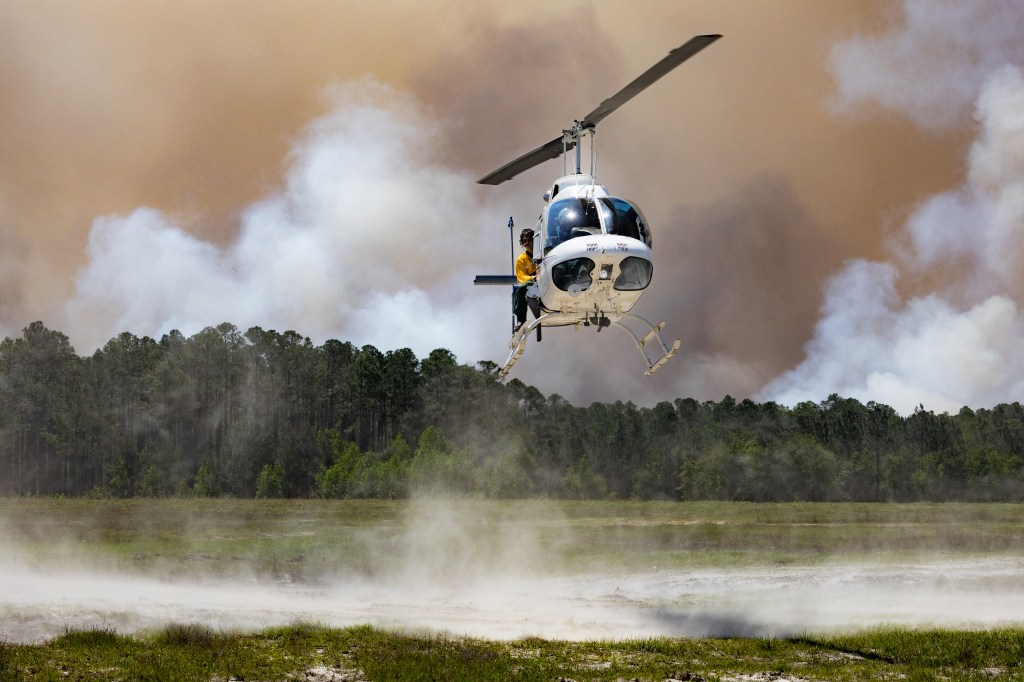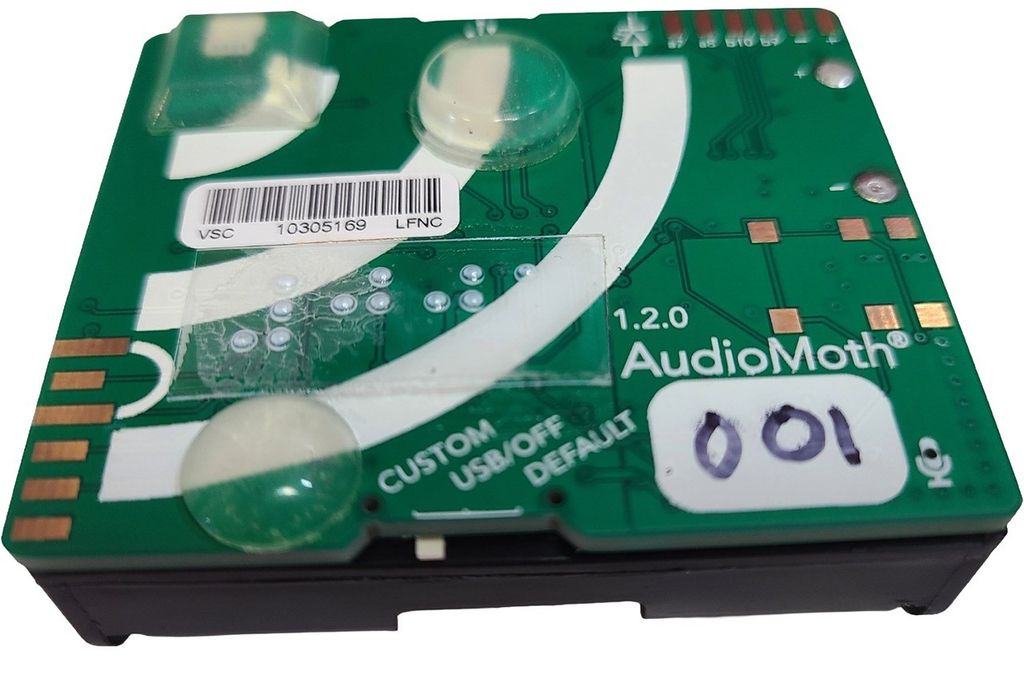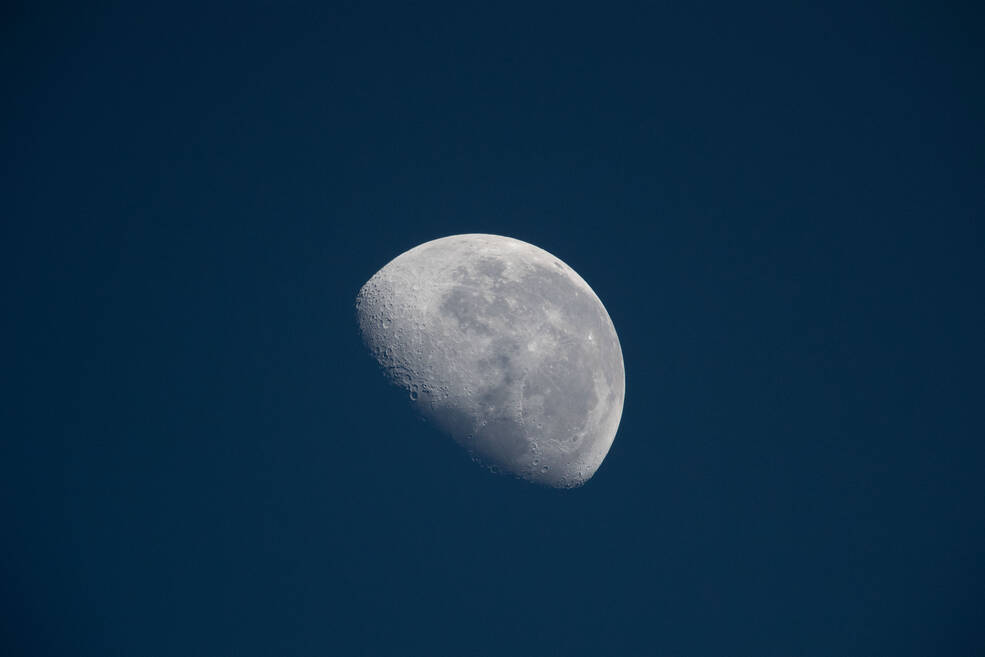Education and community organizations can apply to receive a living piece of spaceflight history to promote science, technology, engineering, and mathematics: a seedling grown from a tree seed that flew around the Moon on the NASA’s Artemis I mission in late 2022.
NASA and the USDA Forest Service will distribute Artemis Moon Tree seedlings of five different species to create new ways for communities on Earth to connect with humanity’s exploration of space for the benefit of all. Nearly 2,000 seeds were flown to space.
Organizations like schools, libraries, museums, and others engaging with students, or the public, are encouraged to apply for a Moon Tree seedling through NASA’s Artifact Module. The application period closes Friday, Oct. 6.
Examples of eligible institutions include formal and informal K-12-serving organizations, universities, community organizations, museums and science centers, and government organizations.
“NASA’s Artemis moon trees are bringing the science and ingenuity of space exploration back down to Earth,” said NASA Administrator Bill Nelson. “Last year, these seeds flew on the Artemis I mission 40,000 miles beyond the Moon. With the help of the USDA, this new generation of Moon trees will plant the spirit of exploration across our communities and inspire the next generation of explorers.”
This is the second generation of Moon Trees for distribution on Earth. In 1971, Apollo 14 Command Module Pilot Stuart Roosa, a former Forest Service smoke jumper, carried hundreds of tree seeds as a part of his personal kit. Following the successful return of Apollo 14, the Forest Service germinated the seeds. The Apollo Moon Tree seedlings were planted around the nation, many as part of the U.S. bicentennial celebration in 1976.
Today, a new generation of Moon Trees will soon take root in American soil and carry on the legacy of inspiration launched more than 50 years ago. The seeds that journeyed 270,000 miles from Earth aboard the Orion spacecraft during Artemis I included sycamores, sweetgums, Douglas-firs, loblolly pines, and giant sequoias. Through the care of the Forest Service, the seeds were germinated and grown into seedlings in preparation for their new roles as Artemis Moon Trees.
“The seeds that flew on the Artemis mission will soon be Moon Trees standing proudly on campuses and institutions across the country,” said Randy Moore, Forest Service chief. “These future Moon Trees, like those that came before them, serve as a potent symbol that when we put our mind to a task, there is nothing we can’t accomplish. They will inspire future generations of scientists, whose research underpins all that we do here at the Forest Service.”
How to Apply
Instructions for submitting a proposal, and information on Moon Tree seedling criteria, is available online. NASA and USDA Forest Service will review submitted applications to determine the viability to successfully host a seedling; the Forest Service will identify the seedling species for selected recipients based on geographical region in the contiguous United States. NASA is working with the Forest Service to identify timelines for seedling distribution in 2023 and 2024.
This opportunity is made possible through a collaboration between NASA’s Next Gen STEM project and the Forest Service. Through NASA’s Office of STEM Engagement, Next Gen STEM provides resources and opportunities designed to bring STEM and space content to formal and informal K-12 educators and students. Through Forest Service Environmental Education programs, people develop the knowledge and critical thinking skills needed to understand complex environmental issues.
For the latest NASA STEM events, activities, and news, visit:
-end-
Katherine Brown
Headquarters, Washington
202-358-1288
katherine.m.brown@nasa.gov






















